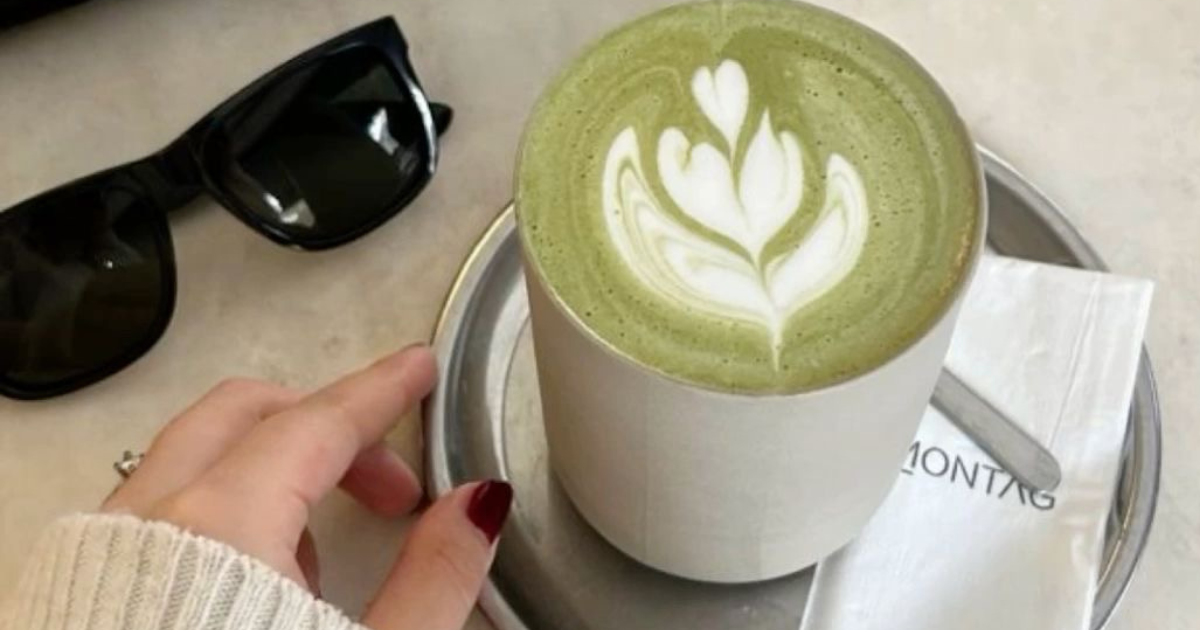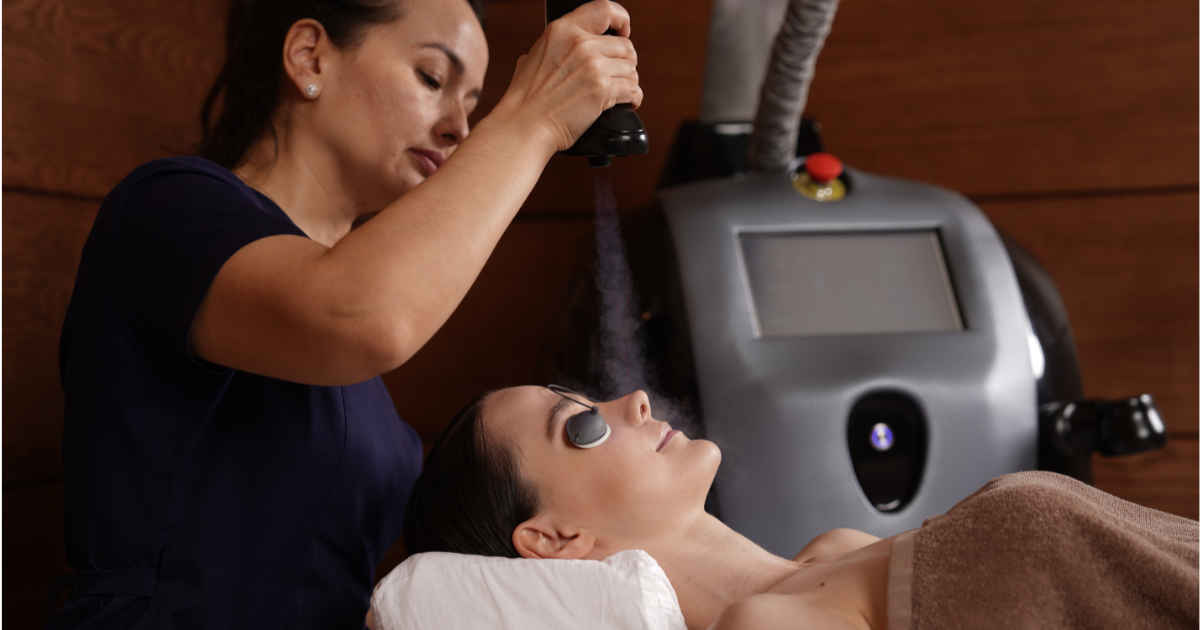Matcha: more than just tea
How the traditional Japanese drink became a symbol of health and vitality

Matcha is not just tea—it's a ritual, a trendy phenomenon, and a symbol of a healthy lifestyle. This green drink has gained fans across the spectrum, from fitness enthusiasts to gourmets and baristas.
A healthy boost of energy
Matcha has been used for over 800 years in Japanese tea ceremonies. It has long been associated with meditation and spiritual practices among Buddhist monks, as it promotes mental clarity and physical vitality for a long time.
Matcha is a type of green tea. However, unlike regular tea, it uses powdered tea leaves, making it incredibly concentrated. A single cup contains significantly more antioxidants than any other tea. It also contains catechins, which help protect cells from aging, combat inflammation, and even help with weight loss.
In addition, matcha contains caffeine, though it affects the body more gently than coffee. Thanks to the amino acid L-theanine, this tea enhances focus while simultaneously calming the nervous system.

Photо: Unsplash
A fitness trend
Modern culture has turned matcha into a fashionable ingredient. Beyond traditional tea, it’s now added to lattes, smoothies, baked goods, ice cream, and even sauces. The green drink has become a staple in the diets of fitness lovers and those committed to clean eating.
Matcha’s popularity is also driven by its visual appeal and aesthetic: a vibrant green drink topped with frothy foam or garnished with flower petals. Its photogenic nature has captured the attention of millions worldwide.
For many, matcha is not just a product but a symbol of mindfulness. It represents a special tea-drinking ritual: lovingly preparing the drink, savoring each sip, and slowing down in the cycles of time. This process highlights the increasingly important philosophy of slow and mindful consumption in today’s world.

Photо: Unsplash


